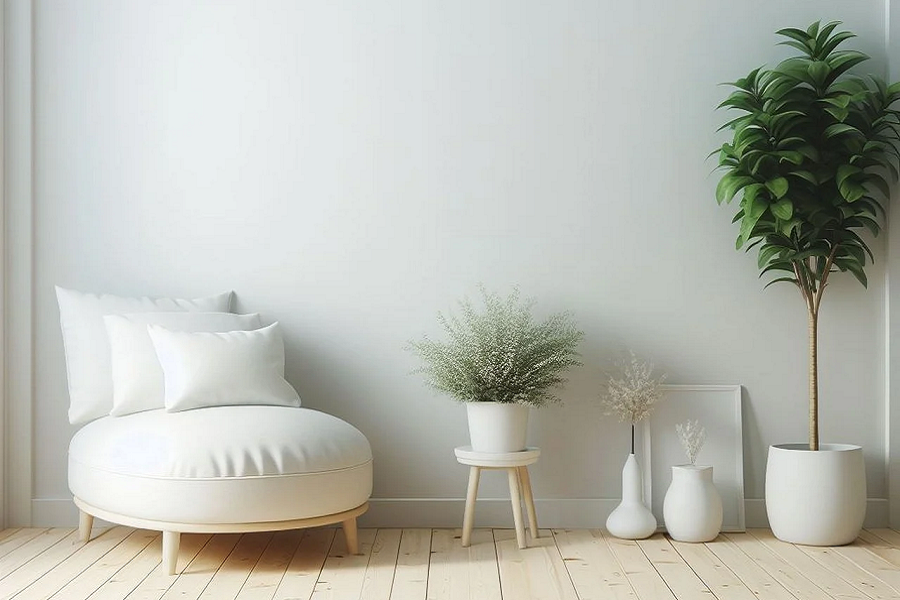The Potter Lifestyle: Crafting Clay, Crafting Life

The potter’s lifestyle is an embodiment of patience, creativity, and a deep-rooted connection to the earth. It is a way of life that values simplicity, mindfulness, and the age-old tradition of shaping raw clay into beautiful, functional forms. Whether practiced in a rural village or a modern urban studio, pottery is more than just a craft — it’s a philosophy that celebrates balance, resilience, and transformation.
1. A Day in the Life of a Potter
A typical day for a traditional potter begins early, often before sunrise. The calm of morning is ideal for centering the mind and preparing clay. Tasks may include:
Wedging clay to remove air bubbles
Throwing pots on the wheel or shaping by hand
Drying and trimming pieces from the previous day
Firing in the kiln, often in large batches
Glazing and preparing for the final firing
Modern potters may also engage in online sales, social media marketing, and running studio workshops for learners.
2. Connection to Nature
At the heart of the potter’s lifestyle is a profound respect for the natural world. Clay comes from the earth, water is essential for shaping, and fire transforms the raw into the refined. This cycle mirrors nature’s rhythm and teaches potters the value of timing, harmony, and patience.
3. Mindfulness & Minimalism
Pottery is meditative. The slow, repetitive motion of the wheel, the tactile sensation of clay, and the focused attention required help potters stay present. Many potters adopt a minimalist lifestyle — living simply, appreciating handmade goods, and finding joy in small details.
4. Community & Culture
In many parts of the world, pottery is a generational craft. In India, Japan, and Africa, pottery is not only an art but a community tradition. Potters often collaborate in cooperatives, share kiln spaces, and pass down techniques orally or through apprenticeship. Their work supports local economies and preserves cultural heritage.
5. Challenges and Rewards
Being a potter is not without its challenges:
Physical strain on hands and back
Long hours with uncertain commercial returns
Kiln malfunctions and material costs
But the rewards are equally fulfilling:
The joy of creating from scratch
Seeing everyday people use your art
The deep personal satisfaction of craftsmanship
6. A Sustainable Path
Many potters embrace sustainability. They recycle clay scraps, use natural glazes, and fire with eco-conscious methods. Some even dig their own clay and use solar kilns. This eco-friendly ethos resonates in a world seeking alternatives to mass-produced goods.
Conclusion: Life in Clay
The potter’s lifestyle is a testament to the beauty of slow living. It combines artistry, patience, and an intimate dance with the elements. In an age of fast-paced digital life, the humble potter reminds us that true fulfillment can come from shaping something with your own hands, day by day, pot by pot.
























